13 Stories Proving That Female Solidarity Turns Ordinary Women Into Legends

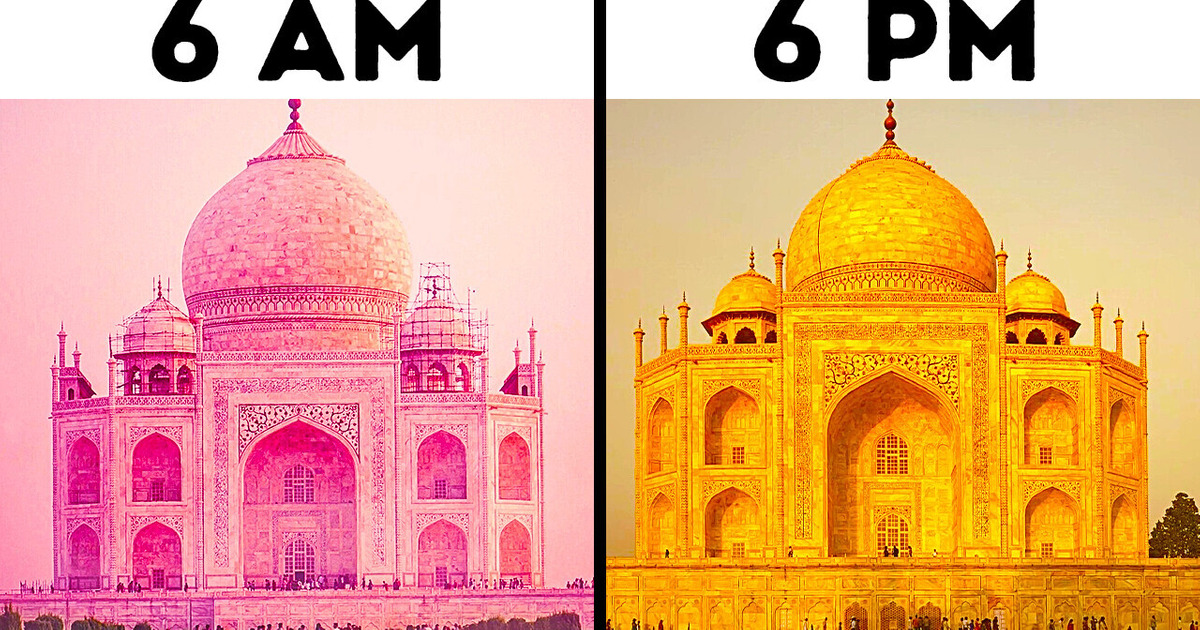
Let’s play a little guessing game: I’m going to name the sights you have on your bucket list. Machu Picchu, The Colosseum, Petra, Taj Mahal — did I get at least one of them right? I have to confess I was just taking them off the list of the New Seven Wonders of the World.
It was officially finished in 2007 after a worldwide vote. What happened to the old list? Well, it was put together in the 2nd century BCE, and there is just one sight currently still standing: the Pyramids of Giza.
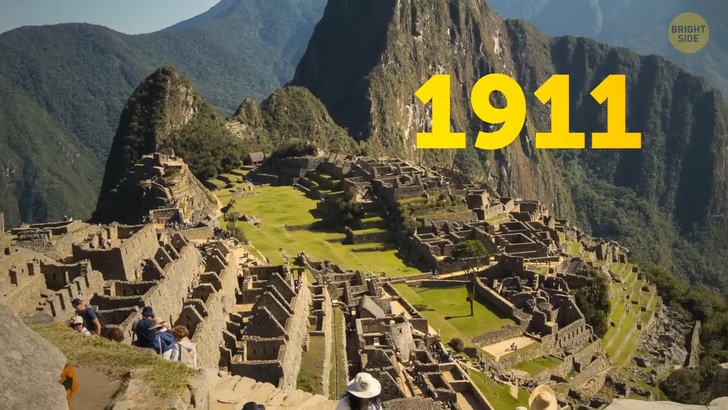
Pack your bags — we’re going to Peru, the home of the mighty Machu Picchu. When it was first discovered in 1911, its explorer thought he had managed to find the Lost City of the Inca. Several decades later, it turned out it wasn’t the same city. Plus, there were still three farmer families living there, so it couldn’t be really called lost and forgotten. No wonder they like it so much there — the stones making up the buildings are cut so precisely and sit together so tightly that you can’t even insert a credit card between them.
It has saved the city from some serious earthquakes, which are common here. The buildings just dance through all the shaking and then go back into place. And because of the way it’s arranged, you can see the sun rise or set exactly behind the important peaks on important days for the Inca. More than half [60%] of all the construction in Machu Picchu was done underground, so you can’t even see it. The best part is that there are still things to be discovered if you want to get your name inked in history.
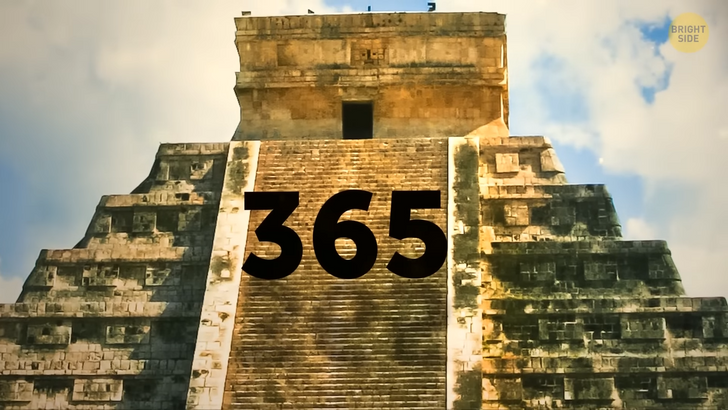
Our next stop is on the Yucatán Peninsula in Mexico. The mighty Chichén Itzá sits here for well over 1,500 years. The structure has exactly 365 steps — you can count when you go next time if you don’t trust me. The Maya, who built the whole thing, were really into astronomy, so it’s not surprising they made as many steps as there are days in a year. Also, if you happen to be here during the spring or fall equinox, you’ll notice the shadows the setting sun casts make it look like there’s a snake going down the stairs.
The feathered serpent was one of the main deities in ancient Mexico. Chichén Itzá used to be a busy urban center. It had its ups and downs, and by the time the Spanish arrived [the 16th century], it had been mostly abandoned. The first photos we have from the spot are from the end of the 19th century.
Looks like the terraced pyramid had a lot more vegetation on it back in 1892. The only source of fresh water in this dry climate is the cenotes, or water-filled sinkholes. There are four visible cenotes, and the temple pyramid most likely stands on top of one more. Archaeologists are looking for tunnels to enter it.
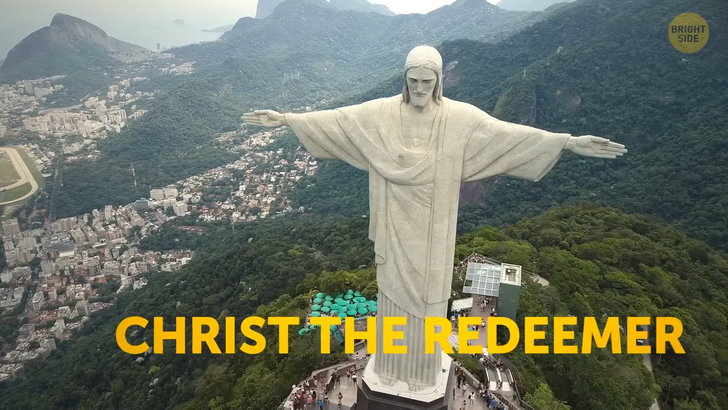
To see our next wonder, you must be prepared to share it with around 15,000 others — that’s how many people visit the statue of Christ the Redeemer every day. The statue sits above the Corcovado mountain and weighs roughly 635 tons. Must have been tricky to lift it all the way up there. Actually, it came in parts.
A French sculptor [Paul Landowski] made several pieces of the future sculpture out of clay. The head and the hands were made in full-size, and the body would be made larger on the spot. The parts of the statue were cut into cubes and then cast into concrete and put together. Workers prepared the cement right on the spot and transferred all the tools by a small cogwheel railroad which tourists used to get up the hill.
The statue is the best proof that lightning does strike in the same place more than once. It must be because of its position on top of the mountain, its fingers, head, and eyebrows got damaged by storms.

Time to move on — this time, we’re going to Agra, India. Yep, to see the Taj Mahal, that beautiful pink construction... wait, wasn’t it always white? Well, the Taj Mahal changes its color depending on what time it is. It looks pale pink or pearly gray at sunrise, crystal white at noon, and the sunset paints it orange-bronze.
In the evening, it may even seem translucent blue. And that’s not the only optical illusion here. When you move towards the main gate, the building seems gigantic. But the closer you get to it, the smaller it looks. The minarets, or towers, on both sides might seem to be standing perfectly straight, but in reality, they’re leaning outward.
It’s done for aesthetic balance and also to prevent the towers from falling on the main building in case of an earthquake. For a construction finished in the 17th century, the Taj Mahal looks good as new. That’s because it regularly gets a spa day! They apply a proper facial mudpack to it, which is a traditional recipe to keep the radiance.

I’m feeling peckish from all the traveling. How about we go to Italy and have some pasta? Just kidding, the real reason would be to see the Colosseum, of course. Its original name was the Flavian Amphitheatre because it was built by the Flavian dynasty. The new name is most likely after the colossal bronze statue of Emperor Nero that was once next to the building.
The model for the statue was the Colossus of Rhodes. In its nearly 2,000 years, the Colosseum has lived through at least three major fires and 4 earthquakes. It was damaged, repaired, and rebuilt many times. The impressive construction once hosted up to 80,000 spectators. What they watched wasn’t necessarily as cruel as Hollywood made us believe.
Most gladiator matches went under strict rules. Sometimes the public would get bored with the show, and the participants would draw out of the arena. Once the Colosseum stopped serving as an arena for those scary shows, it was used as a cemetery, a place of worship, for housing, workshops for artisans and merchants, the home of a religious order, and a fortified castle. Now it’s open to the public, and you can check out its underground labyrinth.
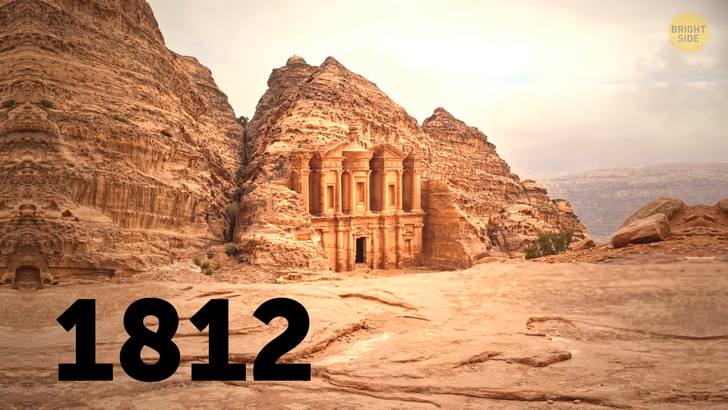
Are you ready for the next wonder? It’s the Lost City of Petra. Or rather, the re-discovered city, which was once super rich and vibrant, then got abandoned and found again in 1812. The whole city is made of sandstone, and even though it’s in the desert, it has seen some pretty heavy rains.
Still, it has lasted 2,000 years thanks to some very skilled workers. Modern laser scanning showed that they put giant steps into the mountain to check the quality of the rock and carve out the buildings without risking their lives. And how did people survive here in the desert without any water?
The Nabateans, who lived here, developed a whole complicated system of conduits, dams, and cisterns to make sure they have enough vital fluid for the whole year. In case you’re in your Indiana Jones mode, there’s still a lot to discover here in Petra. Archaeologists believe we only know 15% of the city by now, and the rest is still hidden underground.

Let’s finish our tour with the largest human-made project in the world! Yep, I’m talking about the Great Wall of China. It stretches for over 13,000 miles [13,171 miles], from the Bohai Sea in the east all the way to the Gobi Desert in the west.
But don’t trust the popular myth: you won’t really see the Wall from the Moon. It took over 2,000 years to finish and a good amount of building materials, mostly bricks and cut stone blocks. Have you ever scratched your name on a tree or, even worse, some famous place? No worries, I won’t tell anyone.
People who built the Wall did the same. Some of the bricks, which are mostly from the Ming Dynasty, have some data like production location, brick household name, and the responsible officials. This was a form of quality control: if something happened to any of the bricks, it would be easy to find out who to blame for it.











